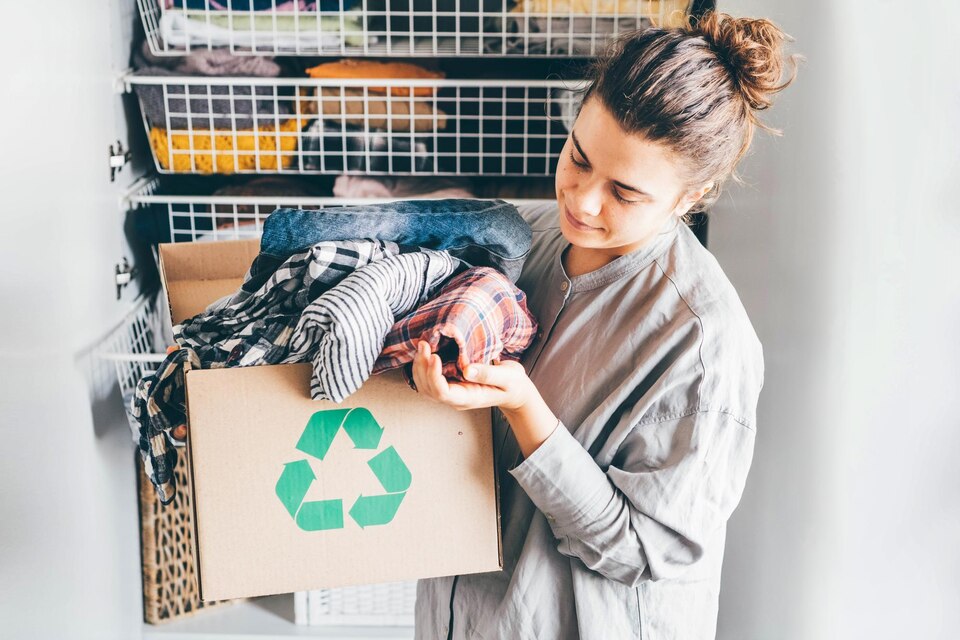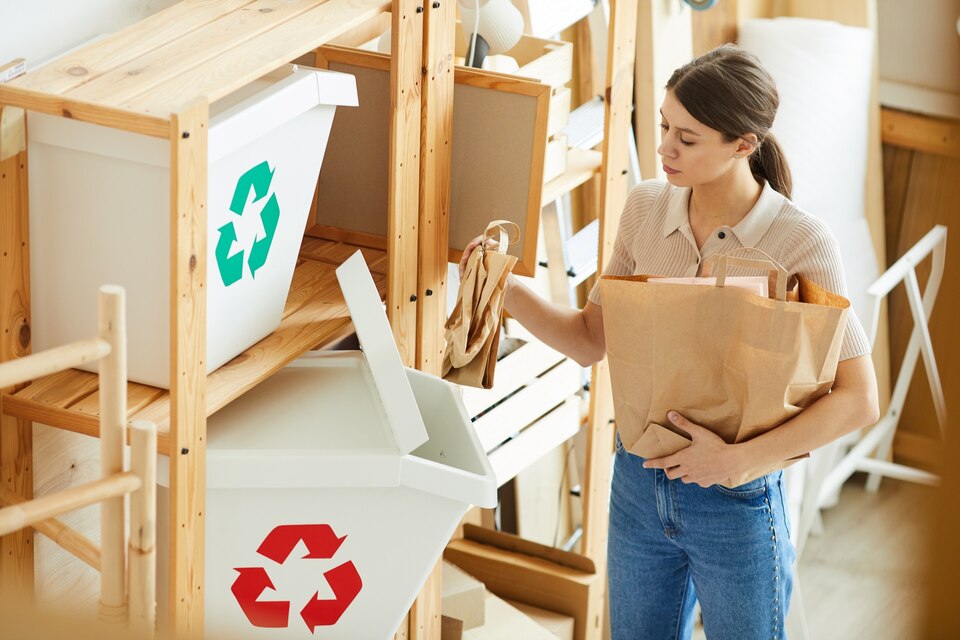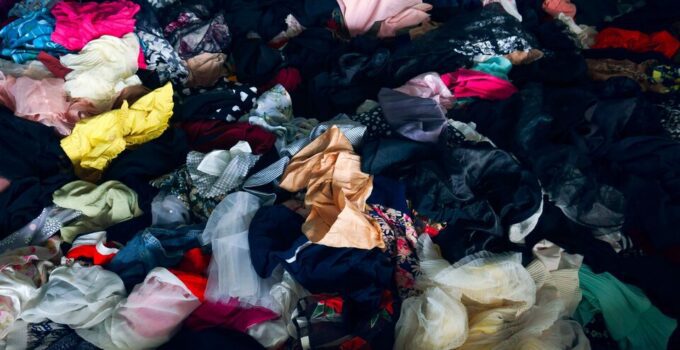Fast fashion is affordable. It offers the opportunity for everyone to get clothed easily and at a low cost. The problem is that convenience comes with a heavy environmental toll.
This fast fashion cycle has promoted overproduction and consumption. However, it has reached a point at which people don’t even consume this fast. This leads to massive waste, pollution, and resource depletion.
Surplus inventory management and liquidation practices offer effective ways to mitigate the consequences. They do it by turning excess stock into opportunities for sustainability and profit.
But how do these practices achieve improvement when more waste is a recurring issue? For most people, it ends when fast fashion ends.
The Waste Problem in Fast Fashion
Before knowing what makes a difference in this trend, we have to understand the latter.
Fast fashion brands usually overproduce to avoid stockouts. They want to sell more, no less.
As their target customer is the average person, they know they will sell in large quantities.
They sell billions of dollars a year, but not having enough stock can mean they are losing billions of dollars in the process.
Instead of losing profits, they choose to overproduce to maintain the cycle. This results in billions of dollars’ worth of unsold inventory each year.
This unsold inventory ends up in landfills as waste. As of 2025, it contributes to the estimated 92 million tons of textile waste generated globally.
This dark side is probably seen from the point of view of land and decomposition. However, it includes excessive water use and greenhouse gas emissions from the industries.

How Surplus Inventory Helps Reduce Waste
Surplus goods and reselling them are all about second chances.
By purchasing and reselling them, you are giving already-produced items the opportunity to end up in someone’s hands.
This is why you can see different advantages within the industry. Then, specifically, how surplus inventory contributes to encouraging sustainability:
- It diverts unsold goods from landfills
As mentioned, surplus inventory ends up in new hands, not landfills.
Surplus channels redirect overstock and returned items away from disposal. No burning or dumping them. Instead, they are resold through liquidation, outlet stores, or secondary markets.
This practice significantly reduces waste and the associated environmental damage.
- Supports circular economy principles
Redirecting means these items will be used by someone else, meaning this extends their life cycle.
Pants, skirts, dresses, shoes, t-shirts, suits, and more.
Extending their lives leads them to avoid the linear “take-make-dispose” approach. Instead, enter the “reuse-resale” one. This keeps products in circulation longer and reduces demand for new production.
- Enhances inventory management and demand forecasting
According to Aptean, leveraging real-time sales data and trend insights is key. It allows fashion businesses to align production more closely with actual market needs. This minimizes waste from excess stock.
How does this translate to liquidation and surplus goods?
The more people choose wholesale, the more inventory management and data will change. They will show how less production is what people—and the world—need.
- Creates new market opportunities
This benefits you, the same buyer of many of these garments and pieces.
Surplus goods offer people start their own business. You can get started with a low upfront investment, sell them for great profits, and help the environment. All in one place.

Coastal Surplus Solutions: Your Sustainable Sourcing Partner
Our company helps businesses and resellers navigate surplus inventory. We do it while focusing on sustainability and profitability. This brings the perfect balance between money and eco-friendliness.
Our services include:
- Access to surplus goods in all industries and niches.
- Quality assurance with all products so they meet resale standards (and yours).
- Logistics and shipping are handled in one place to achieve cost and time reduction.
- Expect advice on surplus sourcing and how you can align your business with circular economy principles.
You can come to us and source any clothing:
- Pieces from brands and specific fast fashion stores.
- Fast fashion pieces created by luxury brands.
- Or just anything from other industries. Drywall and safety gear for renovators. Maybe surgery tables and equipment for healthcare providers.
Partnering with us means turning fast fashion’s surplus into an opportunity. You will bring positive environmental change. All this while having the opportunity to start your own business.
But is it truly necessary to hire professionals?
Sources like Inbound Logistics mention how having great surplus management optimizes resource usage. Additionally, it reduces waste through a sustainable supply chain.
Coastal Surplus Solutions perfectly handles your supply. We connect you to all goods easily and economically while keeping eco-friendly practices.




